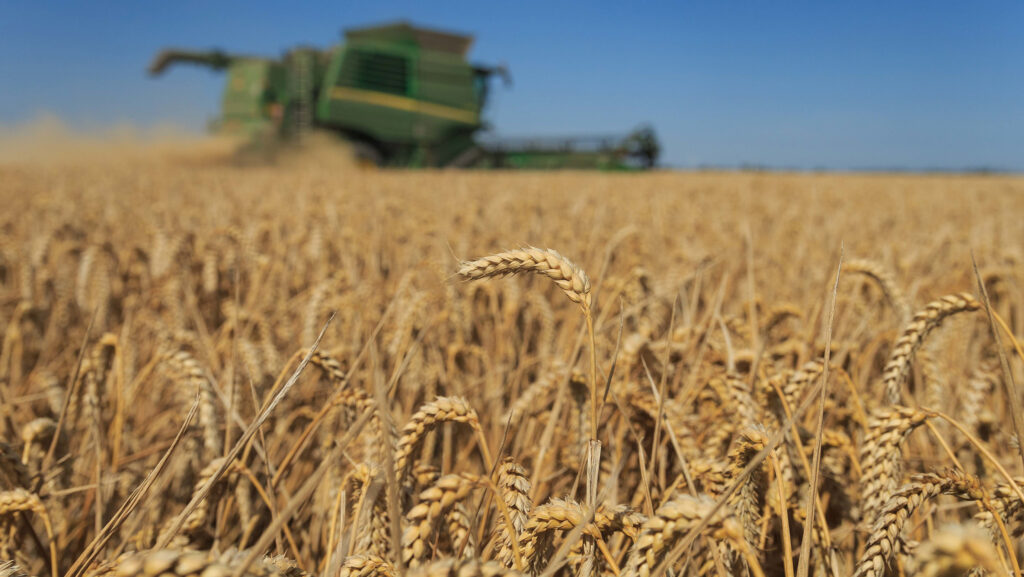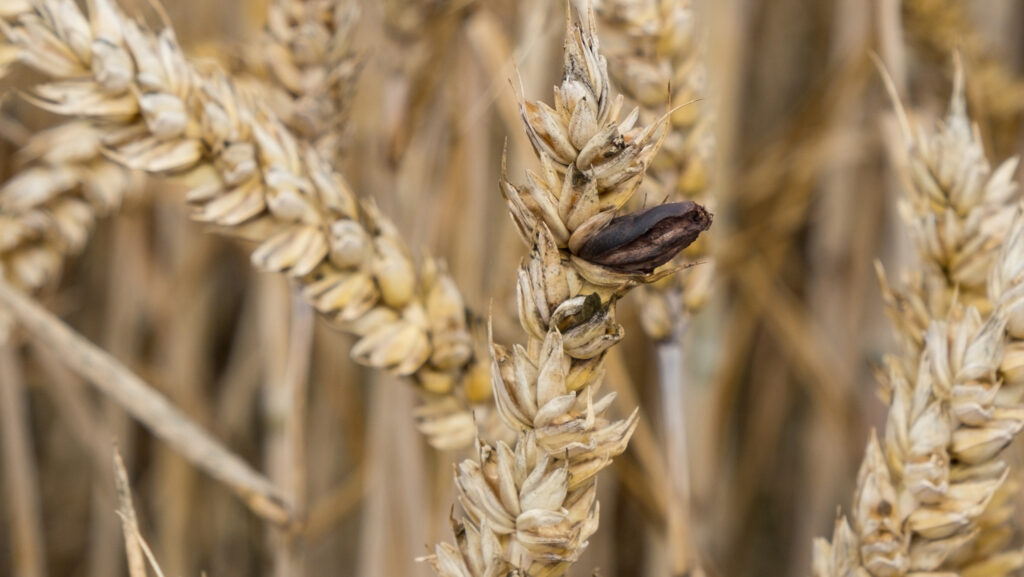Harvest 24: Warning over increased cereal ergot risk to livestock
 © Tim Scrivener
© Tim Scrivener The AHDB is warning farmers about the risk of ergot to livestock with increased reports of the disease being seen in cereal crops this harvest, resulting from the wet weather.
Mixed farmers feeding their own cereals need to be aware of the risk from ergot alkaloids, which are potentially deadly hallucinogenic toxins.
Farmers buying grain privately are also being warned, because infected grain can make cattle seriously ill by constricting blood vessels and damaging the nervous system, resulting in seizures, loss of muscle strength, poor co-ordination and, in severe cases, death.
However, the risk is low when buying grain from merchants, as this is checked at intake.
See also: Somerset grower reaches direct-drilling 25-year milestone
Managing ergot infection
In the field, AHDB says there is no easy solution to remove ergot other than to use a fungicide seed treatment at drilling – much too late for harvest this year.
However, if farmers see it in the heap, there are steps they can take to reduce the risk of exposure to toxins.
Ergot sclerotia can be cleaned out to some extent using sieves in a grain cleaner, with the caveat that any grain-sized pieces, powder, or fragments broken off during the cleaning process will slip through.
The most effective way to remove ergot sclerotia is by using a colour sorter. These can be sourced through many mobile seed treatment firms and can reduce the alkaloid levels in grain.
However, AHDB says even with these measures, there is still a chance that ergot toxins will remain in grain, so advises keeping a close eye on livestock for any unusual symptoms.
Lameness is often the first sign, followed by an increase in temperature and respiratory rate.
Affected animals may have reduced performance, weight loss and rough coats, while skin in extremities such as the tips of tails, ears or near hooves may turn necrotic.
AHDB’s top ergot management tips
- Pay closer attention to fields with higher grassweed pressure (especially blackgrass) and cereal crops associated with more ergot, such as rye and triticale
- Inspect crops (and grass margins) for ergot symptoms prior to harvest
- Harvest higher-risk field headlands and tramlines separately from the bulk of the crop (plants with more susceptible late and secondary tillers are most likely to occur in these areas)
- Check loads carefully before tipping onto a wider heap
- Consider ploughing to bury ergots to at least 5cm depth
- Consider planting a non-cereal crop
- Avoid open flowering varieties and varieties with a long flowering period
- Avoid sowing contaminated seed – clean farm-saved seed thoroughly to remove ergot
- Check any crops destined for home-use animal feed for ergot
- Some seed treatments may have a small effect by preventing ergot germination (there are no fungicide sprays approved for use on cereals to control ergot infection)
- Sow later-flowering grass species in grass margins
Source: AHDB
Ergot symptoms

© Blackthorn Arable
- Ergot infections appear during summer as dark, elongated masses called sclerotia, which grow instead of individual grains.

